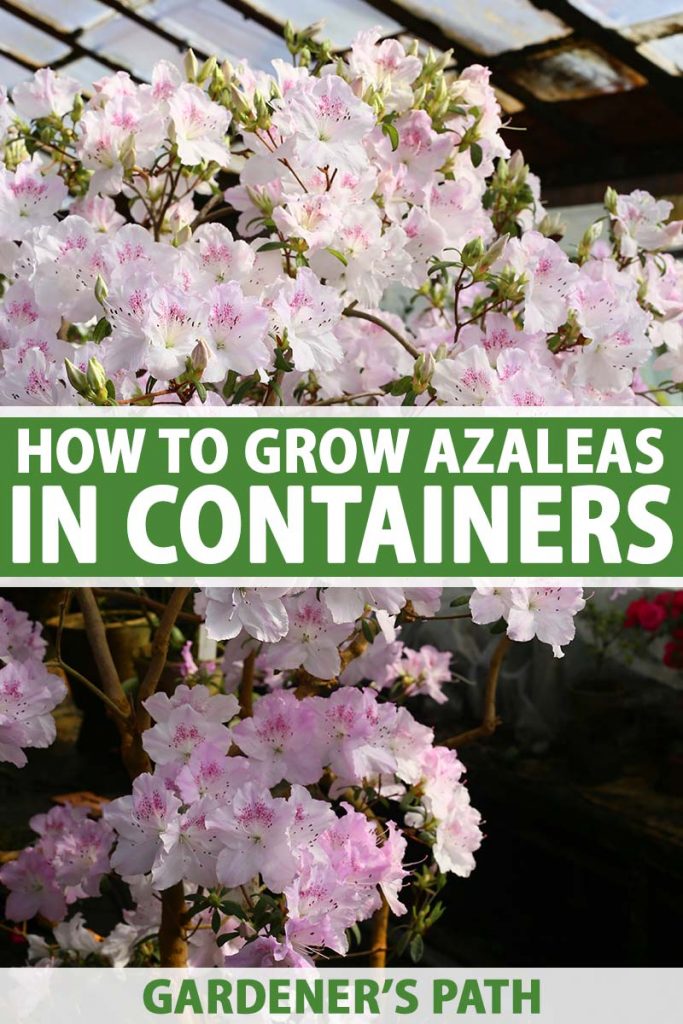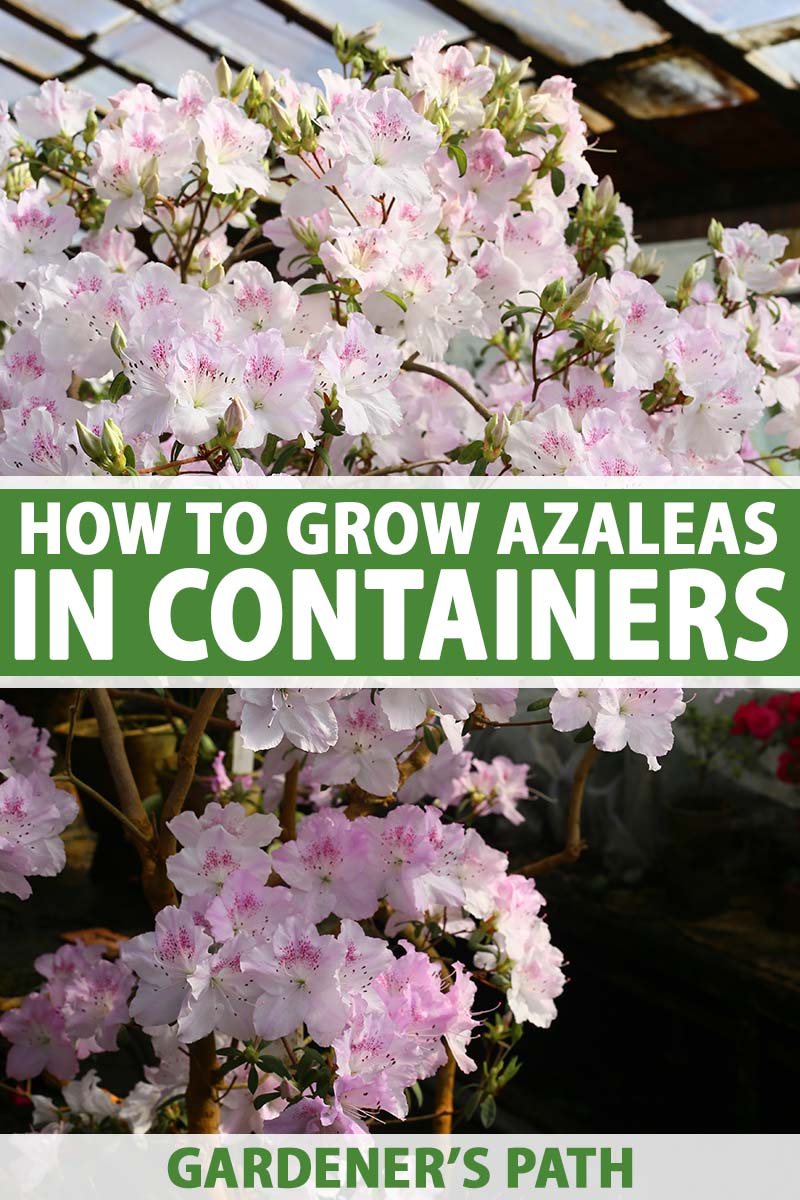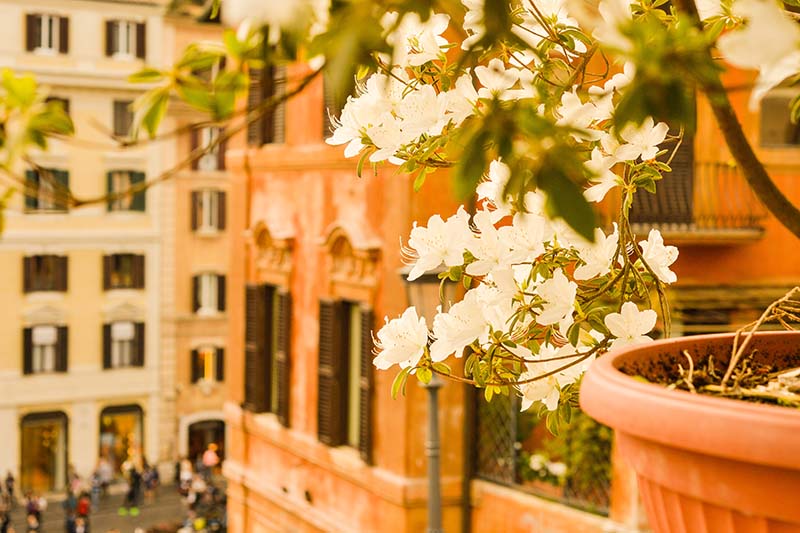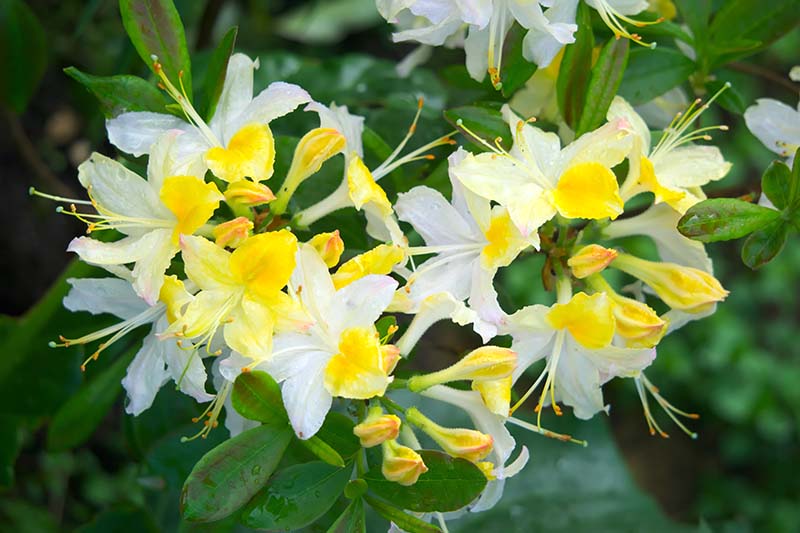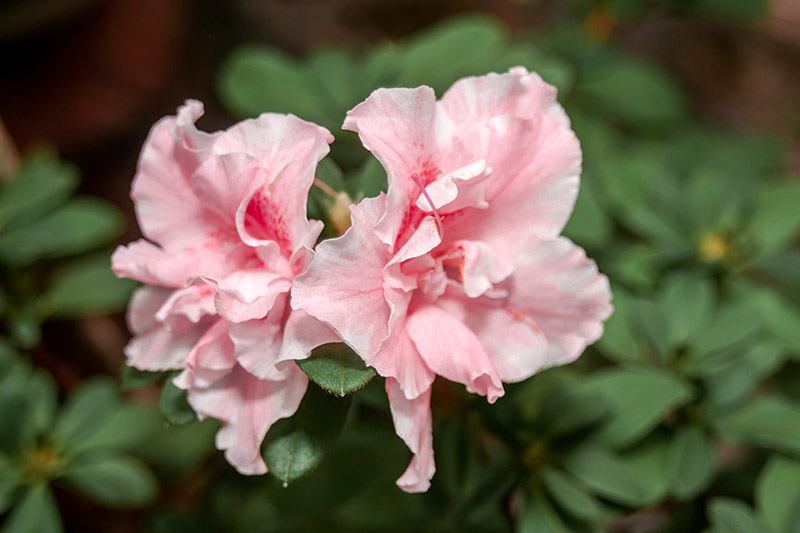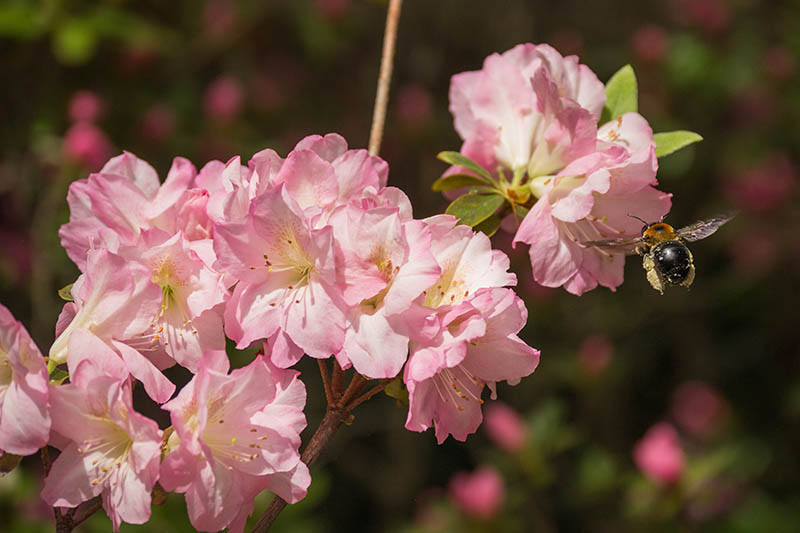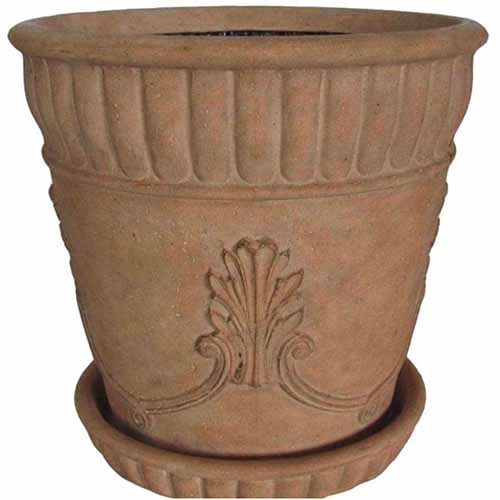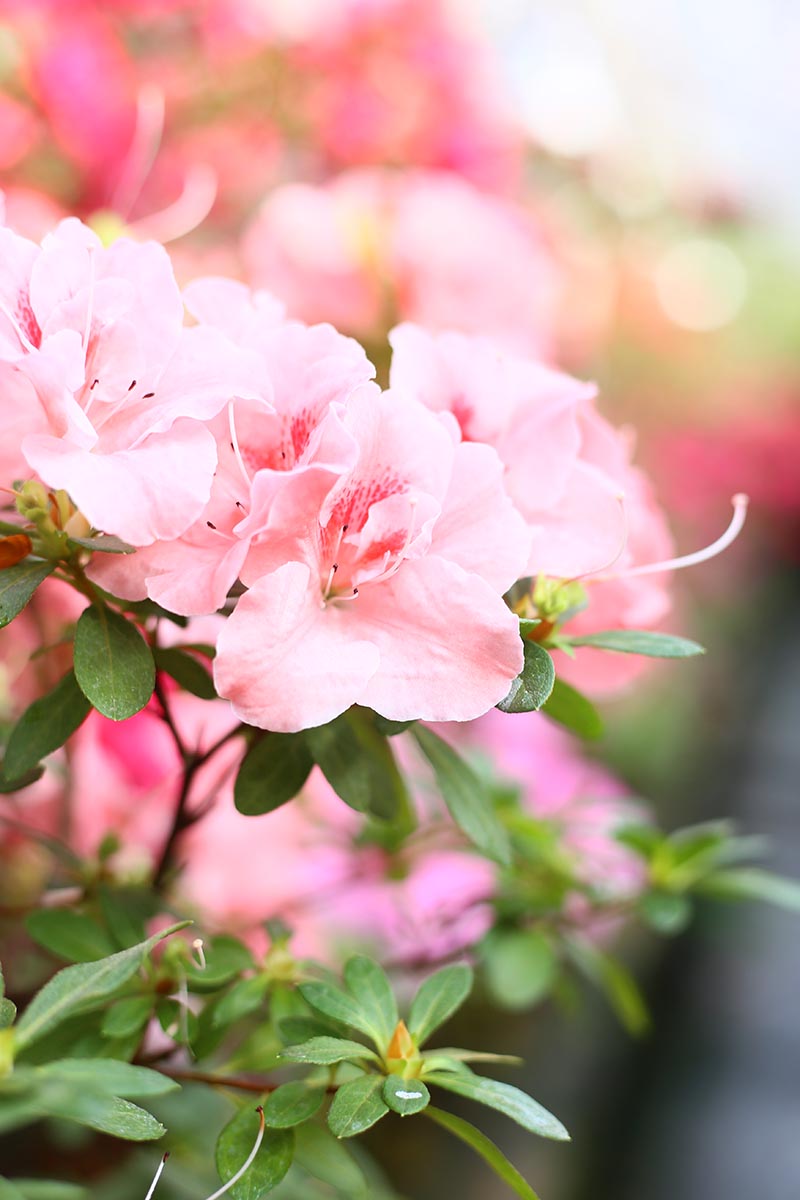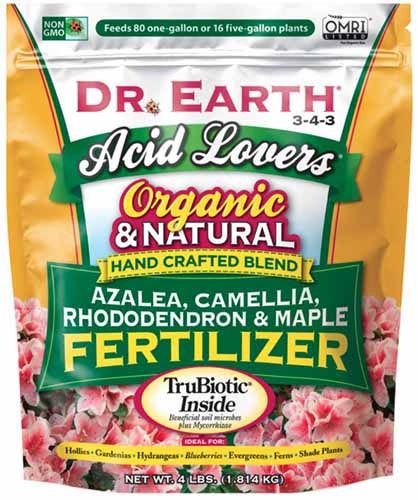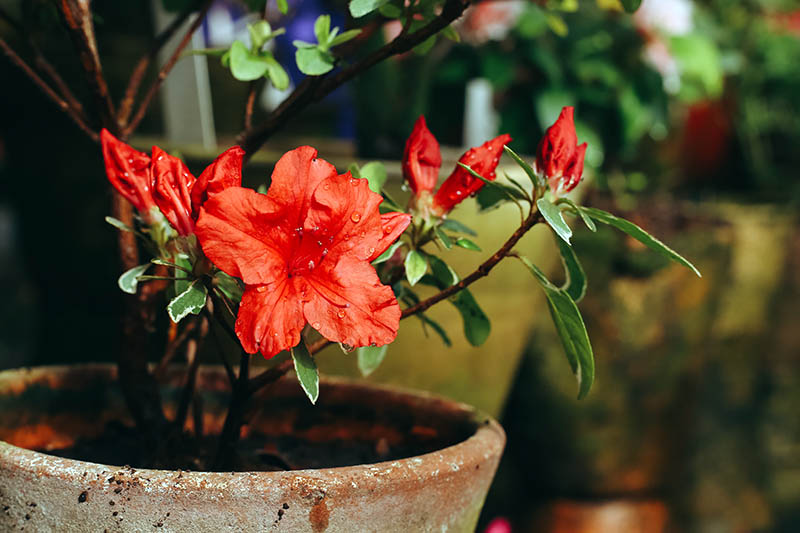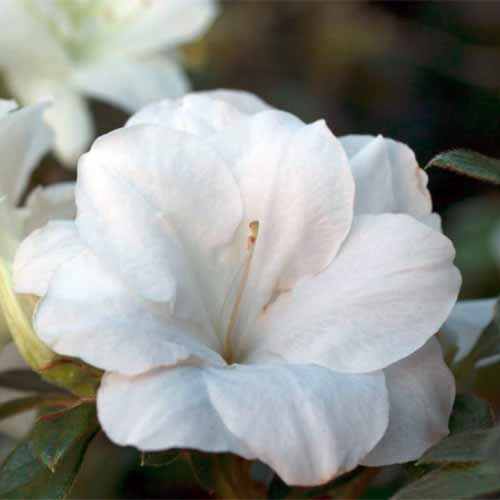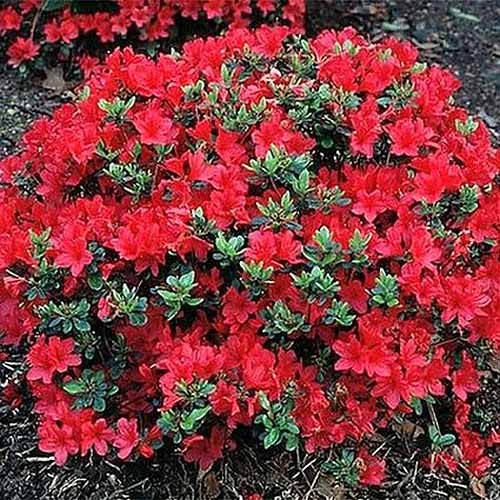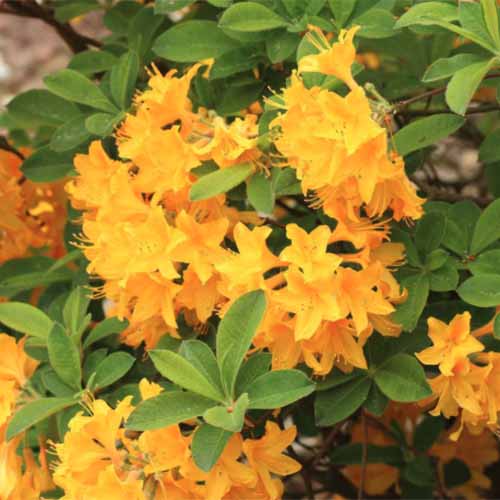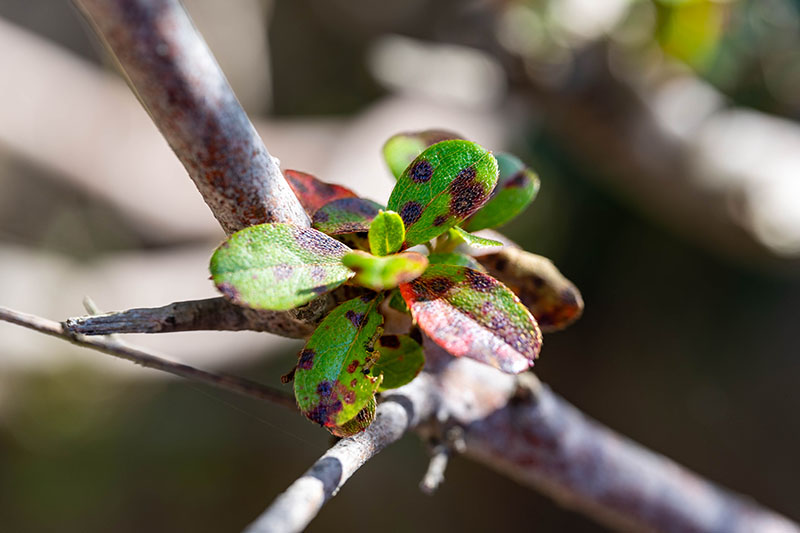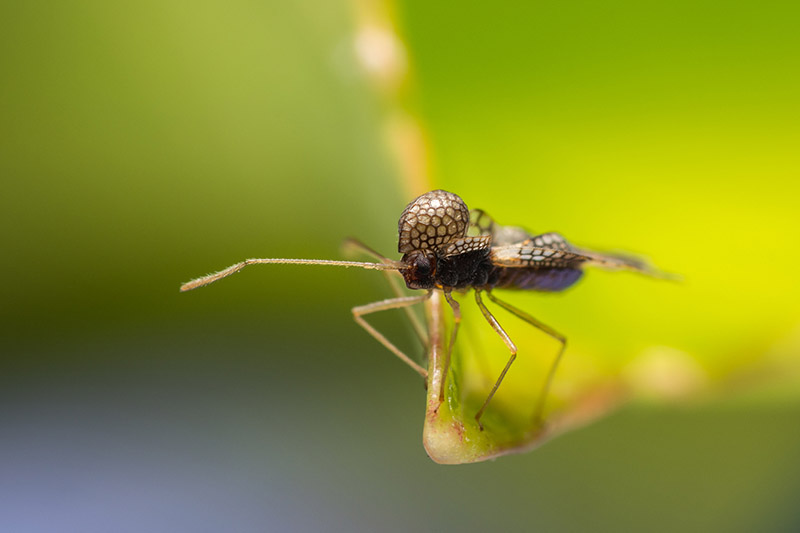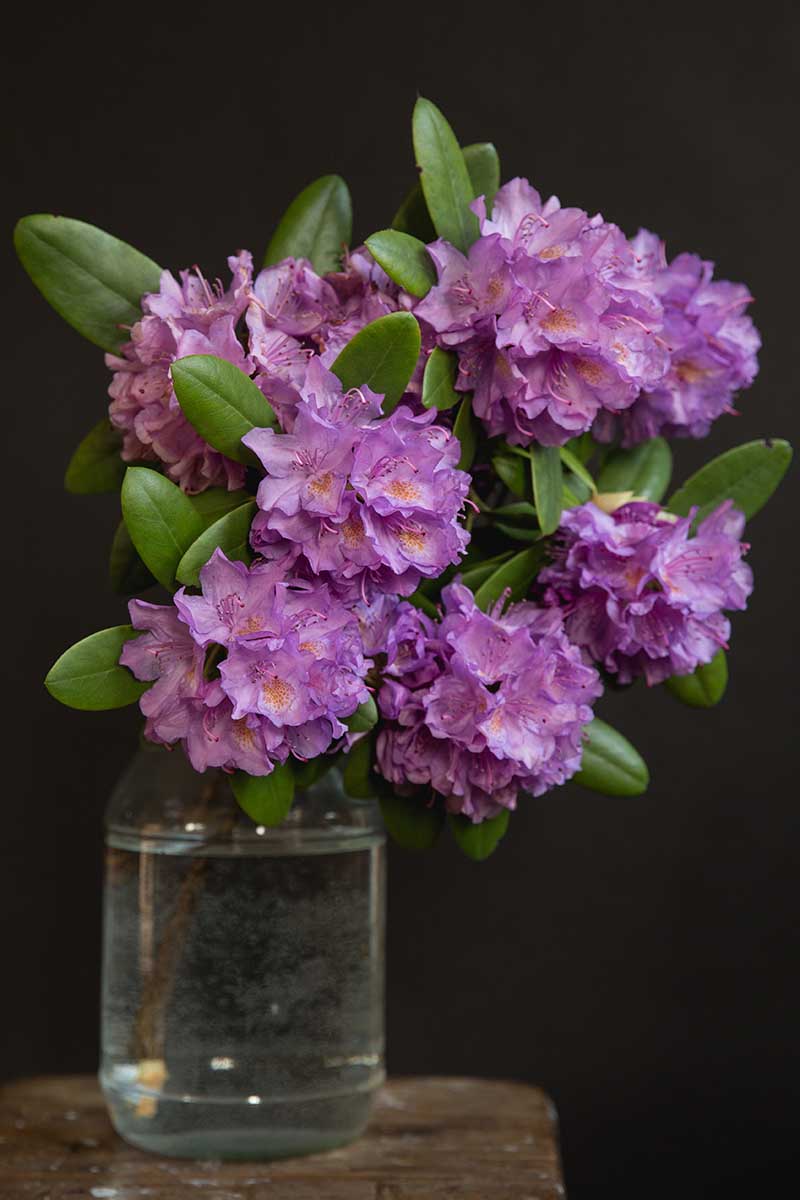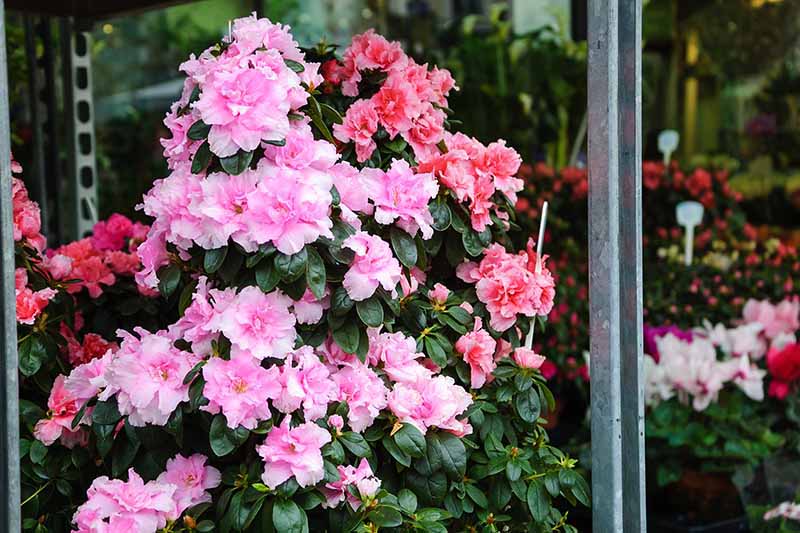Since these shrubs thrive in a partially shady environment, they make ideal patio or porch plants and can liven up apartment balconies too. In our guide to growing azaleas, we discuss how to cultivate these flowering shrubs in the garden. In this guide, I’ll cover everything you need to know about how to grow them in pots and containers. We link to vendors to help you find relevant products. If you buy from one of our links, we may earn a commission. Ingesting any part of the plant or even eating honey made from bees that feed on azalea flowers can cause low blood pressure, a lowered heart rate, and arrhythmia. So keep your kids and pets away from the shrubs! Are you are ready to plant some lovely azaleas in pots? Let’s get started!
Getting Started
Before we launch into choosing the right container, let’s break down the two main types of azaleas: deciduous and evergreen. Both types are species in the Rhododendron genus, part of the Ericaceae family.
Within these two categories, some azaleas might be species varieties and others may be cultivated hybrids, which are crosses between different species. One of the most popular cultivated hybrid series is Encore®, developed in the 1980s by Buddy Lee, a Louisiana horticulturist and plant breeder. These delightful hybrids bloom in the spring, again in the summer, and once again in the fall. They are a cross between spring-blooming azaleas and Taiwanese summer-blooming azaleas. Other popular hybrid series include Kurume® and Northern Lights®, a series of extra-hardy deciduous plants well-suited for northern gardens.
Deciduous
All of the Rhododendron species native to North America are deciduous. Most deciduous types have leaves that are up to six inches long, and the flower color includes pink, purple, orange, red, white, and yellow. They tend to have an upright growth habit and produce single-flowered blossoms.
Deciduous azaleas are typically hardy in Zones 4-8. Well-known species include R. arborescens, R. calendulaceum, and R. atlanticum.
Evergreen
Evergreen varieties are native to eastern Asia. While deciduous azaleas primarily produce single-flowered blossoms, evergreens bloom with single or double-flowered blossoms. They come in shades of purple, pink, red, white, and orange, but not yellow.
Evergreen azaleas actually produce two sets of leaves, at different times of the year. Thin, large spring leaves turn yellow and fall off in the fall, but not before they are replaced by smaller, thicker winter leaves. You can grow some evergreen species as houseplants, but outdoor varieties are only hardy in Zones 6-9. Popular evergreen species include R. simsii, R. indicum, and R. poukhanense.
Why Grow in a Container?
Lack of space is one reason why you might want to grow your azaleas in containers. You can plant several varieties in pots and arrange them on your patio or porch each summer for a dazzling show of color.
Another thing to consider is that by growing them in containers, you can bring your potted evergreen azaleas indoors in the winter if you live in Zone 5 and below. Or move them to a sheltered area where they won’t die of exposure. Since they are acid-loving plants, you may also choose to grow your azaleas in containers if the soil in your yard is unsuitable and you don’t wish to make amendments that may affect your other plantings.
Choosing the Right Container
Many azaleas, whether deciduous or evergreen, grow to between four and six feet in height and spread. Dwarf varieties typically reach a mature height and spread of two to three feet. It’s important to consider the mature dimensions of the variety you choose when you select a container. Since the roots need room to stretch and grow, you will need to choose a pot that’s at least two feet wide and deep with drainage holes in the bottom. Any plastic, concrete, or wooden container can also work well as long as it has a wide base and adequate drainage holes in the bottom. The bigger the base, the harder it’ll be to tip over. I love this 22.75-inch planter, available from the Home Depot.
Cast Stone Acanthus Pot with Saucer It even comes with a draining dish. And don’t let the look of it fool you: it’s not terribly heavy at all. It’s made with a mix of stone, resin, and fiberglass, and weighs just 20 pounds. You’ll still be able to move it if you need to. A large terra cotta container works well, too, although it’s heavier to move. You might want to consider investing in a wheeled base to make this task easier if you think you may need to move your plant. You can more about the different container materials in this guide.
Preparing Your Container
If you choose a ew container or one that hasn’t been used before, you’re ready to fill it with potting mix. If you have used it before, however, you’ll want to clean and disinfect it first to prevent the spread of disease. Azaleas require well-draining, acidic soil with a pH of 4.5-5.5, so it’s best to select a potting soil that is specifically made for acid-loving plants.
How to Grow
Azaleas are usually sold as young plants in small pots from a nursery (you can also propagate your own). When you bring yours home, dig a hole as deep and wide as the original pot, remove the plant, and place it inside. Kellogg Garden Organics Shade Mix I use Kellogg Garden Organics Shade Mix for Acid Loving Plants, available from the Home Depot. Fill your container with your chosen potting mix, leaving two inches of space between the soil and the top of the container. This will keep the water from overflowing when you give the plant a drink. You could fill the pot with a mixture of topsoil, well-rotted compost or manure, and perlite, but it’s recommended to use a fresh potting mix to avoid introducing any pests or disease from your yard or garden into the containers. If you do choose to use soil from your yard, consider conducting a soil test or using a home pH tester before planting. Espoma Soil Acidifier It should be the same depth in the soil of the new container as it was in the old one.
After planting, water it thoroughly until liquid drains out the bottom of the pot. Place the pot in an area that receives full sun or part shade. About six hours of sun per day is ideal, preferably morning sun. If you choose to place them in a full sun location, they’ll grow more compactly and produce more flowers. But beware: If you live in a hot location, make sure you provide some shade in the hottest parts of the day. When they are grown in part shade with about four hours of full sun per day, they’ll flower less abundantly but the blooms will last longer. The shrub will reach toward the light, growing in an elegant, arching manner. Azaleas don’t like wet feet, so let the top inch of soil dry out between waterings. This can be as little as once a week or a few times a month in cool, wet areas, or as often as three to four times a week in hot, dry locales. Make sure you water at the soil level and avoid wetting the foliage, as this can contribute to fungal disease. Use pruning shears to remove any dead, broken, or diseased limbs. Then find a section with young, upright shoots that are growing from healthy, vigorous branches.
Dr. Earth Organic Fertilizer If you are growing deciduous azaleas and they are looking shabby and uneven, or they’re growing too big for the pot, you can prune them after their first bloom in the spring. Cut the shoots off – but not the branches – to keep the shrub at the desired size. Or, consider transplanting the shrub to a larger container and letting it grow as it will. Evergreen varieties rarely need pruning, you can simply remove any dead or diseased branches after blooming to tidy it up.
In the winter, mulch the container with a layer of straw. This will help the roots stay insulated during the cold months. Alternatively, you can move deciduous varieties to a shed or garage and bring them back outside when temperatures are consistently above 15-20°F. In the case of evergreen azaleas, it’s best to wash the plants with insecticidal soap to ward off any spider mite infestations and then move them indoors if winter temperatures are expected to dip below 0°F. If you do bring them indoors, make sure they’re kept in an area where they receive bright sun through a window and where the temperature remains between 60-68°F.
Growing Tips
Place your container in a full sun or part shade location. Water when the top inch of soil dries out. Fertilize once a year, in early spring. Prune away dead or diseased branches after the first spring bloom. Understand bloom times so that your plants flower when you want them to.
Cultivars to Select
Ready to find a few plants for your pots? Here are three of our favorite azalea cultivars for successful container growing.
Managing Pests and Disease
Since they’ll be growing in containers and not in the garden with a tangle of other plants, your potted azaleas won’t be as susceptible to pests and disease. But you should know what to watch out for.
‘Autumn Moonlight’ This evergreen type is hardy in Zones 7-10 and reblooms beautifully, just like the other Encore® varieties. It grows to just three feet tall and four feet wide, making it a perfect choice for a container. You can find plants in one-gallon pots from Encore Azalea, available via the Home Depot.
Hino-Crimson
For a vibrant, compact evergreen with prolific crimson blooms, look no further than ‘Hino-Crimson’, a Kurume® series hybrid variety. This low-growing shrub reaches just two to three feet tall with a three- to five-foot spread.
‘Hino-Crimson’ It’s hardy in Zones 5-9 and thrives in partial shade. The deep-green leaves turn a brilliant orange in the fall just as the winter leaves unfurl. You can find plants in one-gallon containers available from Nature Hills Nursery.
Lemon Lights
A shrub with bright yellow blooms, ‘Lemon Lights’ is a deciduous azalea that’s part of the Northern Lights® series. The flowers have different shades of yellow, some parts are dark and others are lighter in color.
‘Lemon Lights’ This large plant reaches a height and spread of four to five feet and is hardy in Zones 4-9, making it an excellent choice for those of us in cold locales. You can find ‘Lemon Lights’ in one-gallon pots from Online Orchards via the Home Depot. Be sure to read our supplemental guide: “21 of the Best Azaleas for Your Garden and Yard.” If it rains a lot in your area, you may want to move the container under shelter to prevent the soil from becoming oversaturated, which can contribute to the development of root or crown rot, caused by the water mold, Phytophthora. Once rot develops, the plant is hard to save. But if you make sure the container has adequate drainage holes, the soil is well-draining, and you take care not to overwater the plant, you should be able to keep disease at bay. Various leaf spots can appear, caused by Cercospora, Septoria, Phyllosticta, and Colletotrichum species of fungi.
Keeping the leaves dry goes a long way toward preventing infections, so remember to water at the base of the plant. If you do see small spots appear, you can spray the plant with copper fungicide, according to package instructions. Watch out for azalea lace bugs (Stephanitis pyrioides), 1/8-inch-long insects that suck sap from the leaves, causing the plant’s health to decline. Female lace bugs lay their eggs inside the leaf tissue and cover them with a varnish-like substance to lock the egg inside the leaf, which gives the foliage a dusty, spotted appearance. If you do notice the presence of these pests or their damage on the leaves, remove affected leaves and apply insecticidal soap according to package instructions. We have more tips on controlling lace bugs here.
Spider mites can also be a problem, so keep an eye out for the tiny pests and their cottony webbing. An application of neem oil or insecticidal soap is usually effective against these pests as well.
Best Uses
What better way to line a walkway than with dozens of potted azaleas? Or maybe you’d prefer they flank your porch, which is one of my favorite ways to display long-blooming perennials.
To bring the colorful flowers indoors for some decorative cheer, cut long stems at an angle and immediately submerge them in room-temperature water. Add some homemade flower food and enjoy the bright blooms for up to a week. For best results, trim the stems and add fresh water and flower food every other day.
Have you ever grown these pleasing flowers in a container? Please drop all your stories, questions, and comments below. And feel free to share a picture! And in the meantime, check out these articles on growing delightful shrubs in containers next:
How to Grow and Care for Florist’s Azaleas Indoors How to Grow Hydrangea Flowers in Containers Potted Bushes: How to Grow Shrubs in Containers
© Ask the Experts, LLC. ALL RIGHTS RESERVED. See our TOS for more details. Product photos via Dr. Earth, Espoma, Home Depot, Nature Hills Nursery, and Online Orchards. Uncredited photos: Shutterstock. With additional writing and editing by Clare Groom.
